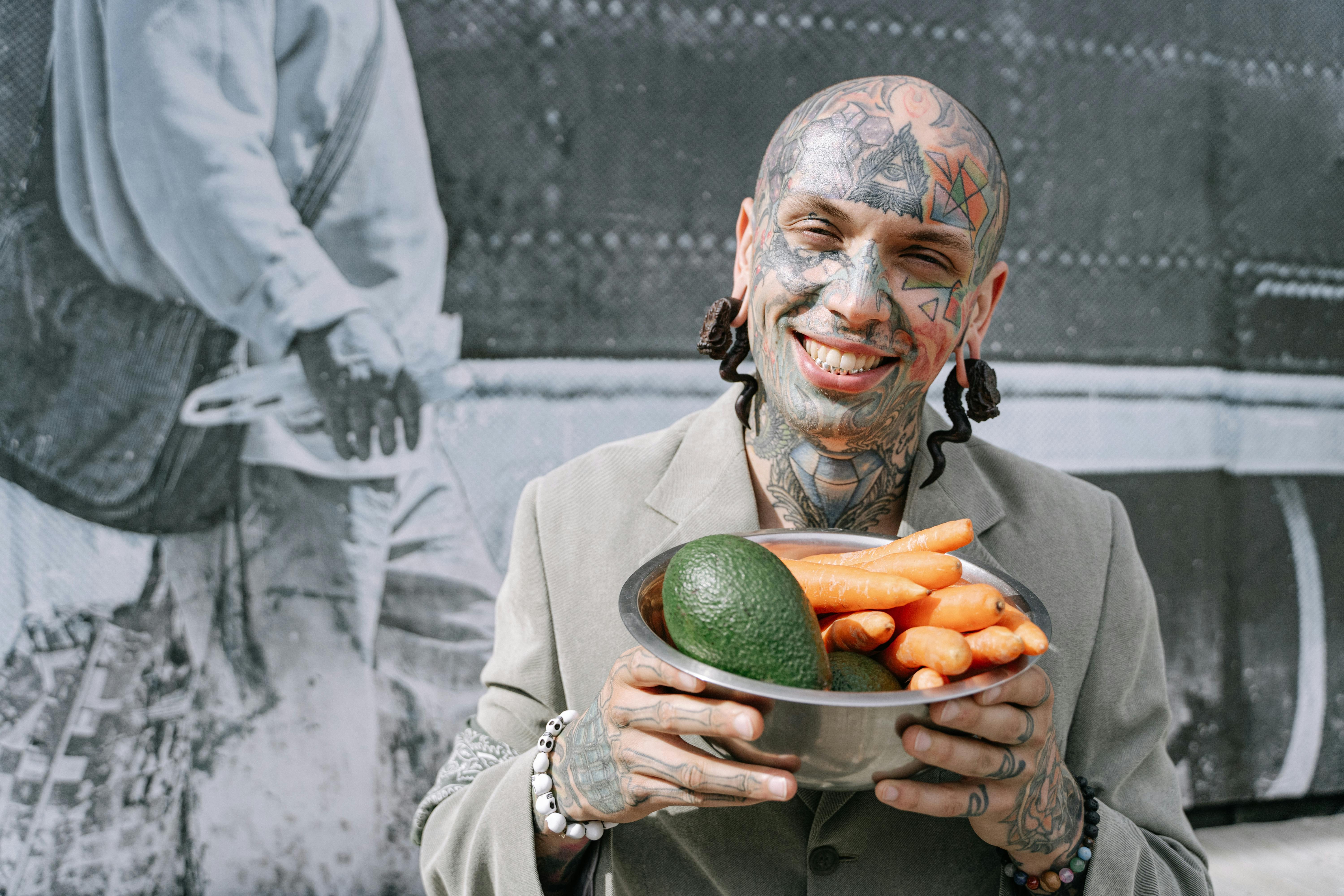
There is a recommended content and creative development workflow for producing television commercials and marketing videos that involve on-camera interviews as the primary narrative device. Usually a script per se is not needed before a shoot, which includes on-camera interviews as the main narrative device. In fact, for interview-based and documentary-style storytelling, it is challenging to develop a script until the interviews are captured and the production company begins working with the content of the sound bites to develop the story.
A standard methodology for interview-based and documentary-style video storytelling includes these recommended steps:
• List of key questions and statements– Use a List of Interview Questions based on the content and key messages established, in collaboration with the client, during the Discovery and Creative Development phases of a project. The director then works with the interview subjects to capture the best and most compelling sound bites from the interview during filming. Also consider developing a list of key statements that is a short list of sound clips intended as part of the final video. These key statements are developed together with the client and can also be captured during the interview process. Key statements are spoken in the interview subject’s own words and ensure that the video production team is capturing the content necessary to tell a compelling story and stay on message.
• Content cutting development– Then, during the initial video editing phase, the production company develops what is called a Content Cut (this is also the first cut that a client will review). The Content Cut is a selection of the most compelling sound bites, arranged in a logical order, that best tell the story. The Content Cut DOES NOT INCLUDE footage, music, or graphics as these items are added during the 2nd and Final Cut stages of the video editing process. It is often recommended that clients review cut content with their eyes closed, so that they can focus solely on listening to the story that has been compiled from the captured sound bites.
The Content Cut is essentially the “script” that forms the story and narrative of the video. It is a fundamental and fundamental building block from which all future edit passes are based. Customers provide feedback and input during the content cutoff stage. Working closely with the client, the production company modifies and refines the sound fragments to create the most engaging and powerful story possible.
• B-Roll, finishing and polishing– Once the video production team is secured and has an approved content cut, the focus is on the 2nd and Final Cut editing phases. During these phases, images, music, graphics, effects, image, color grading, and general polishing are added to the video. Editing style, rhythm, energy and “look and feel” are implemented during these phases.
The content development workflow for interview-based and documentary-style video storytelling described in this article has proven to be a successful approach in a variety of commercial marketing, advertising, and television video projects. It works because it captures authentic, impromptu interview content from interview subjects based on careful planning of key messages in advance. Once compelling sound bites are captured during interviews, there will be a wealth of options for creating a powerful story during the video editing process.